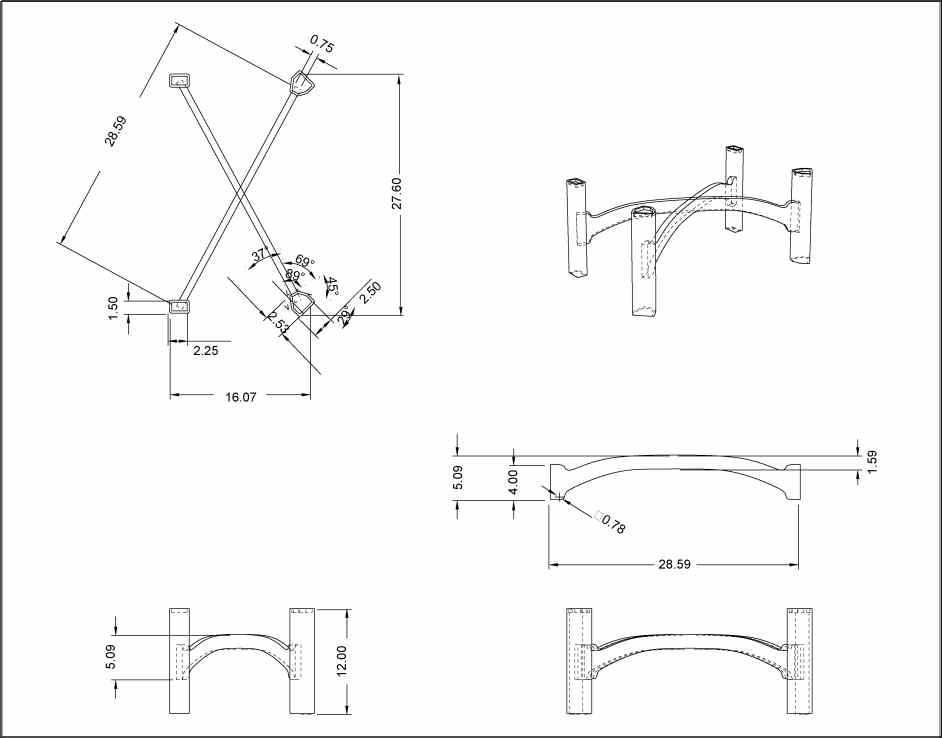Design molded reinforced plastics parts
Design rules

Designing molded reinforced plastics parts is difficult because of the large number of variables encountered in the material and the process, and the difficulty of controlling some of them. These variables include:
The cardinal design rule, which cannot be overemphasized, is: consult the custom mold maker in the primary design stages. In addition, follow these general design rules:

Designing molded reinforced plastics parts is difficult because of the large number of variables encountered in the material and the process, and the difficulty of controlling some of them. These variables include:
- composition of the resin, including fillers, catalysts and gardening agents,
- geometry of the reinforcing material,
- resin-reinforcement ratio,
- degree of saturation of reinforcement by resin, and
- temperature and time of cure.
The cardinal design rule, which cannot be overemphasized, is: consult the custom mold maker in the primary design stages. In addition, follow these general design rules:
- Integrate parts.
- Make prototypes.
- Mold to dimensions; parts cannot be “sprung” after they are molded.
- Use stress formulas valid for fiber-reinforced plastics.
- Know the conditions of use.
- Consider effects of the molding procedure.
- Use sandwich construction for maximum strength-to-weight ratios.
- To increase rigidity in stressed areas: a) increase the glass loading, b) use unidirectional reinforcement where practical, c) place flanges and lips on edges, d) use ribs, corrugations, beads and dimples, e) increase wall thickness, f) use curved sections rather than flat areas where possible, and g) use sandwich construction.
- Avoid drastic changes
- Avoid sharp comers;
- Use maximum draft.
- Avoid undercuts.
- Consider use of molded-in holes.
- Consider mold shrinkage.
- Design to practical dimensional tolerances.
- Design to avoid warpage.
Comments
Post a Comment